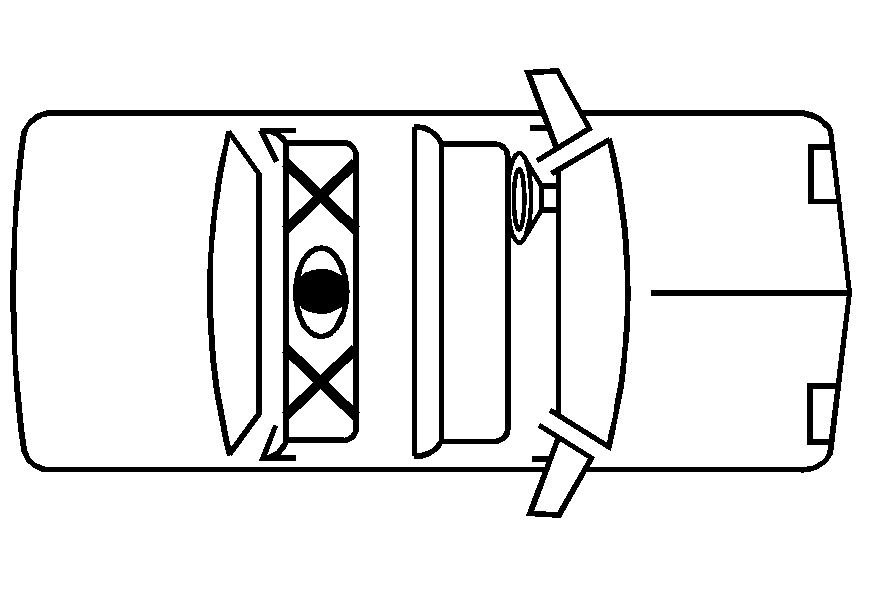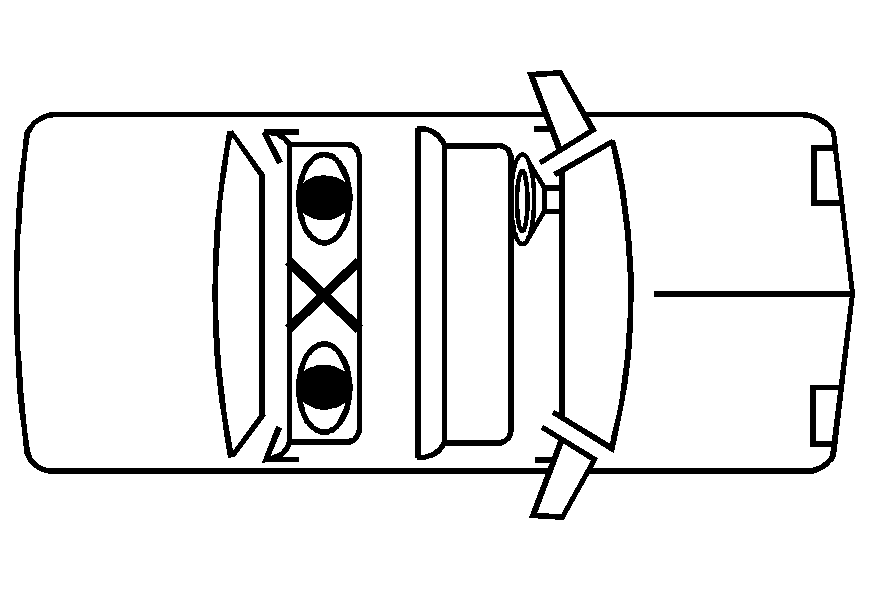Accident statistics show that children are safer if they are restrained in the rear rather than the front seat. We, therefore, recommend that child restraints be secured in a rear seat, including an infant riding in a rear-facing infant seat, a child riding in a forward-facing child seat and an older child riding in a booster seat. Never put a rear-facing child restraint in the front passenger seat. Here is why:
Caution: A child in a rear-facing child restraint can be seriously injured or killed if the right front passenger's airbag inflates. This is because the back of the rear-facing child restraint would be very close to the inflating airbag. Always secure a rear-facing child restraint in a rear seat.
If you secure a forward-facing child restraint in the right front seat, always move the front passenger seat as far back as it will go. It is better to secure the child restraint in a rear seat.There are a couple of things you need to know about using child restraints in your rear seat:

If you use a child restraint in the center rear seating position, the safety belts and the child restraint LATCH anchors for the rear outside seating positions will not be accessible.
Therefore, you will not be able to secure child restraints or have passengers ride in the rear outside seating positions.

If you use two child restraints in the rear outside seating positions, the safety belt for the center rear seat position will not be accessible.
Therefore, you will not be able to secure a child restraint or have a passenger ride in the center rear seating position.
Wherever you install a child restraint, be sure to secure the child restraint properly.
Keep in mind that an unsecured child restraint can move around in a collision or sudden stop and injure people in the vehicle. Be sure to properly secure any child restraint in your vehicle -- even when no child is in it.
